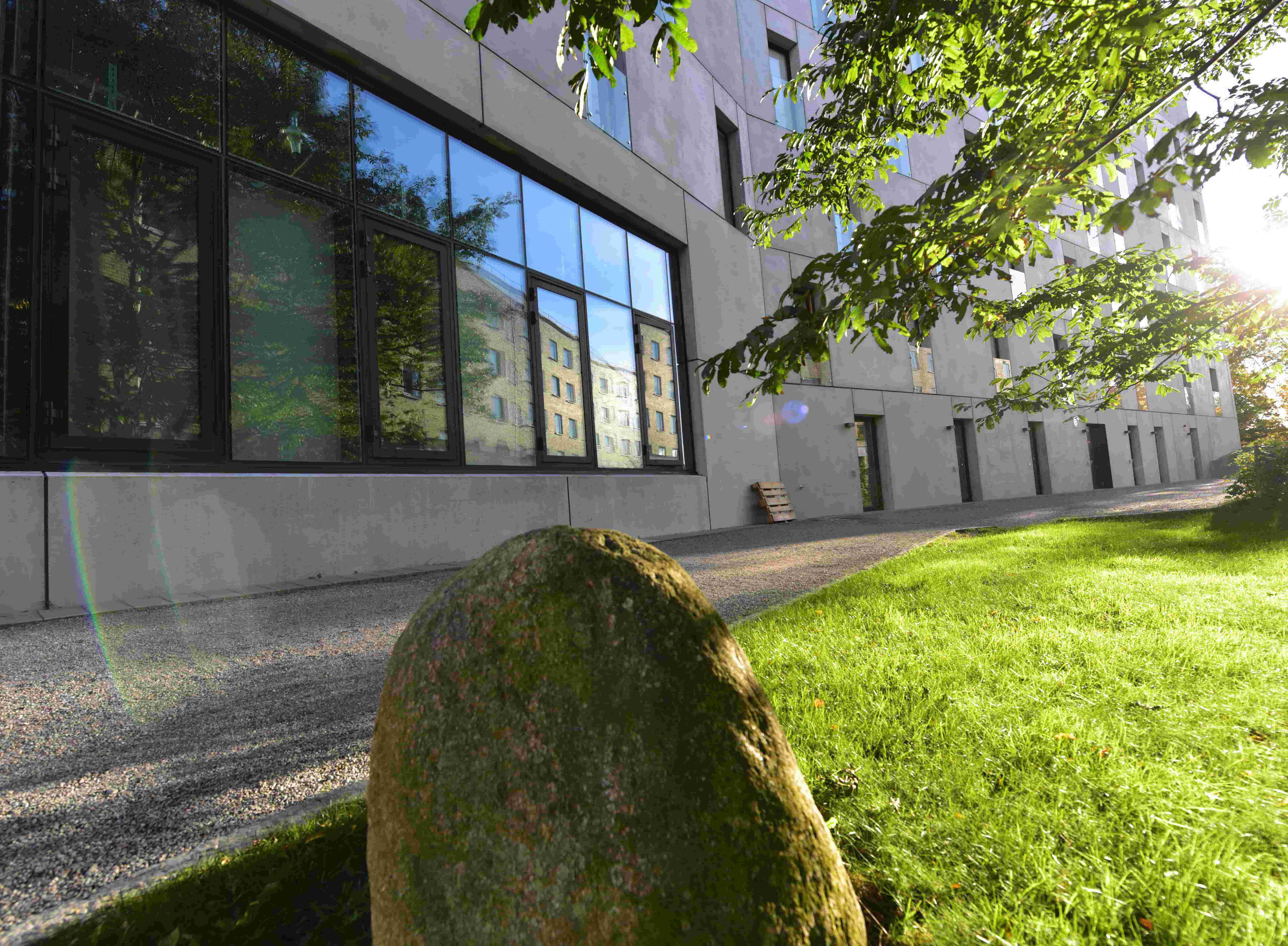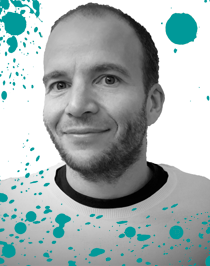Docent lecture: living labs as a instrument to overcome research and innovation bottlenecks
The KTH Live-In Lab case study

In this docent lecture, Marco Molinari illustrates the design process of KTH Live-In Lab, its methodological and operational results, the promotion of multidisciplinary research projects, its dissemination and impact. Finally, the lecture presents examples of innovative research enabled by KTH Live-In Lab.
Time: Wed 2025-12-03 11.00 - 12.00
Location: Brinellvägen 64A, rum M23
Language: English
Participating: Marco Molinari
Abstract

The adoption of innovation in the building sector is currently too slow for the ambitious sustainability goals that our societies have agreed upon. Living labs are open innovation ecosystems in real-life environments that use iterative feedback processes throughout a lifecycle approach of innovation concept to create sustainable impact. In the context of the built environment, such co-creative innovation and demonstration platforms are needed to facilitate the adoption of innovative technologies and concepts for more energy-efficient and sustainable buildings. However, their feasibility is not extensively proven.
To tackle these societal challenges, the Live-In lab was conceived, with the goal of increasing the efficiency and the sustainability of the building sector unlocking the innovation potential of digitalization. This goal is achieved through the creation of a co-creative open platform for research and education bridging the gap between industry and academia, featuring smart building demonstrators.
This lecture illustrates the design process, based on the Living Labs Triangle Framework, of the Live-In Lab, its methodological and operational results, including performance metrics to measure the economic sustainability, the promotion of multidisciplinary research projects, its dissemination and impact.
Finally, the lecture presents examples of innovative research enabled by the Live-In Lab, with results from selected projects on energy efficiency, occupant behavior and interaction between occupants and smart building systems.
